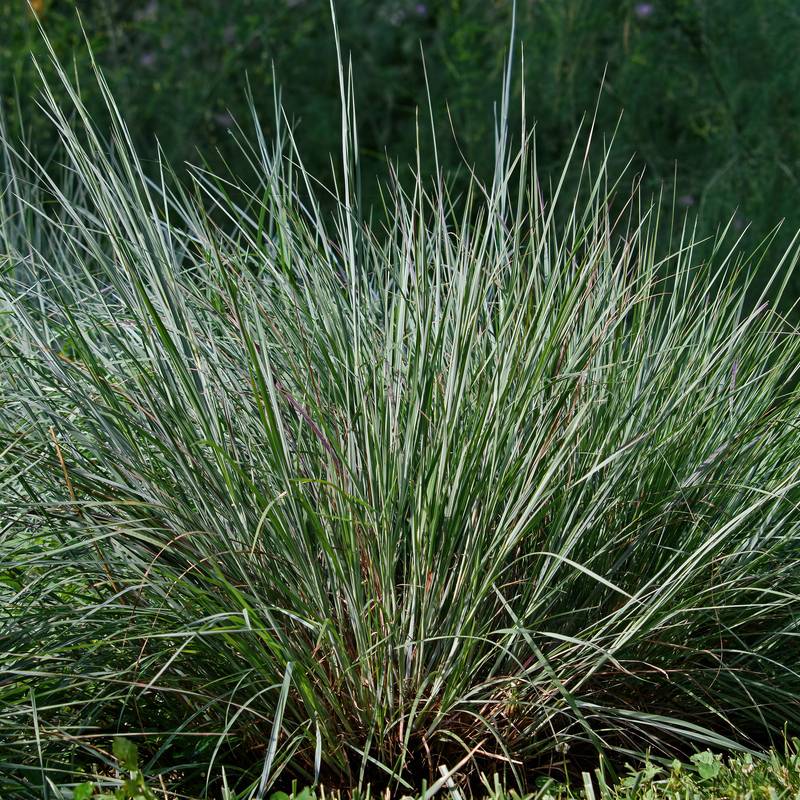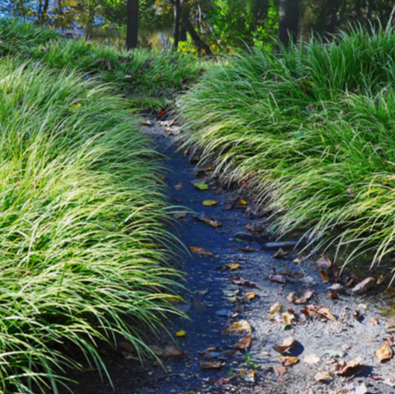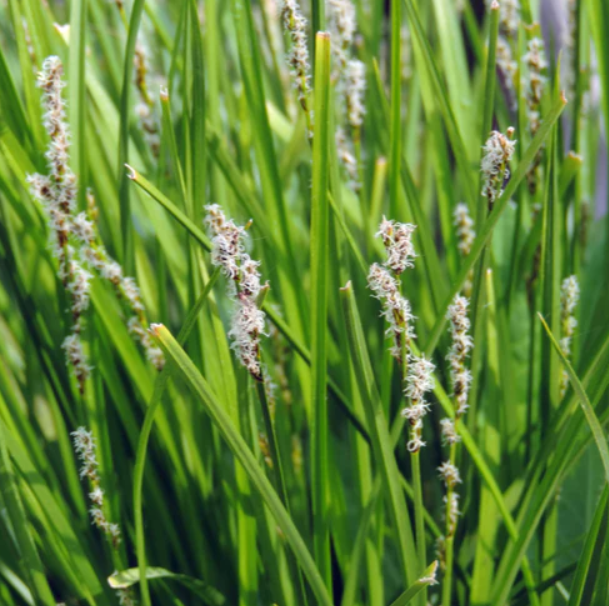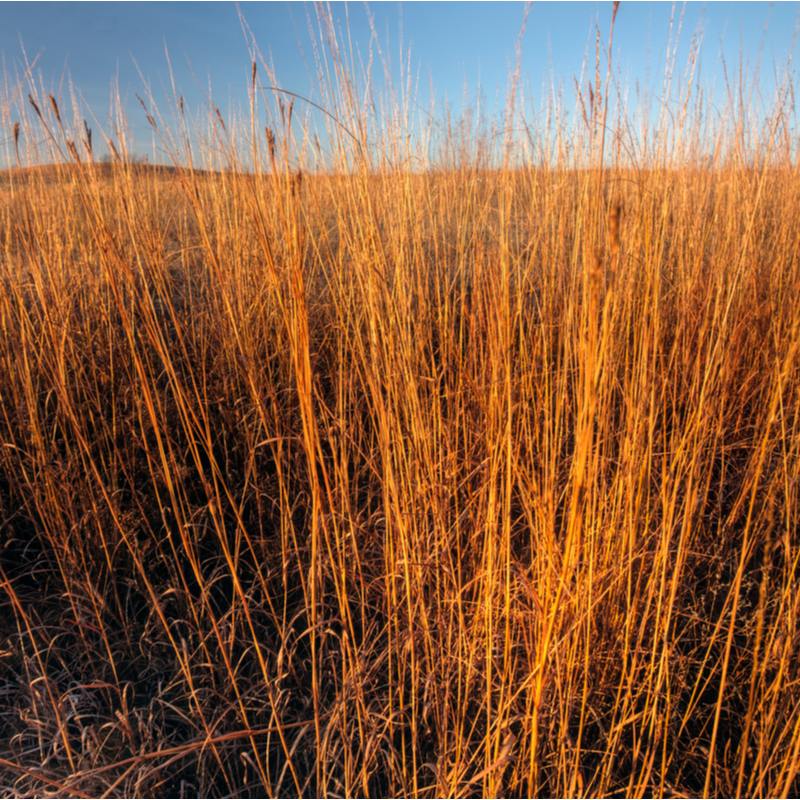Conventional grasses like zoysia and Kentucky bluegrass are often the go-to choices for property owners looking to grow a traditional lawn. Unfortunately, these options require regular mowing, pesticides, fertilizers, and watering.
Native grass and sedges are becoming increasingly popular among those interested in cultivating a sustainable landscape. The fact that they require significantly less maintenance and offer a more dynamic, natural look adds to their appeal. This article covers five RPM container-grown grasses and sedges that property owners should consider as native alternatives to turf.
1. Little Bluestem (Schizachyrium scoparium)

Little Bluestem is an ideal low-maintenance native grass option. It can survive in poor soil conditions. This easy-care native provides food and shelter to several species of wildlife. Birds feed on its seeds during winter months. Many insect pollinators overwinter in its stems.
Shop Little Bluestem at Forrest Keeling
2. Indian Grass (Sorghastrum nutans)

Indian grass is a medium to large native plant. Growing up to seven feet in height, it thrives in a wide range of soil, moisture, and sun conditions. The short rhizomes remain standing throughout winter, offering ornamental value all year long. Its robust rooting system works well on slopes and can help prevent erosion.
Shop Indian Grass at Forrest Keeling
3. Prairie Dropseed (Sporobolus heterolepsis)

Prairie dropseed can thrive in hot, dry conditions once established. The native grass has a dense, tidy habit with height of about two feet. The deep green foliage turns to a rich gold color during fall and winter. The persistent seedheads are aromatic. Songbirds and small mammals relish the seeds through cold weather.
Shop Prairie Dropseed at Forrest Keeling
4. Creeping Spikerush (Eleocharis palustris)

This elegant native turf alternative spreads by underground rhizomes. Creeping spikerush grows best in shallow standing water or moist soils. It offers an excellent option for erosion control around small bodies of water. Livestock and big game animals graze on spikerush’s ripe seeds. Ducks and geese feed on the shoots, and waterfowl find nesting cover in its foliage.
Shop Creeping Spikerush at Forrest Keeling
5. Big Bluestem (Andropogon gerardii)

This warm-season grass offers beauty and adaptability in large gardens or vast landscapes. Its deep root system make it tolerant of droughts and varied soil conditions. In the fall, its blue-green foliage turns a beautiful deep red-bronze.
Like most native grasses, big bluestem self-seeds and can spread. Because of this and its height of up to 10′, it may not be the best choice for manicured spaces. But, for large areas, it helps creates a dynamic, picturesque environment.
Shop Big Bluestem at Forrest Keeling
Sustainability Starts at Forrest Keeling
For more than 75 years, Forrest Keeling led conservation efforts through better plants. The Nursery continues to offer better solutions for environmental remediation. Our RPM technology increases plants’ survivability by over 97%. Hearty RPM plants enjoy 2X faster growth, flowering, and fruiting.
Contact a Forrest Keeling team member today. Learn how our native grasses and sedges offer sustainable alternatives to traditional grass. Forrest Keeling… it’s where the best natives begin!
